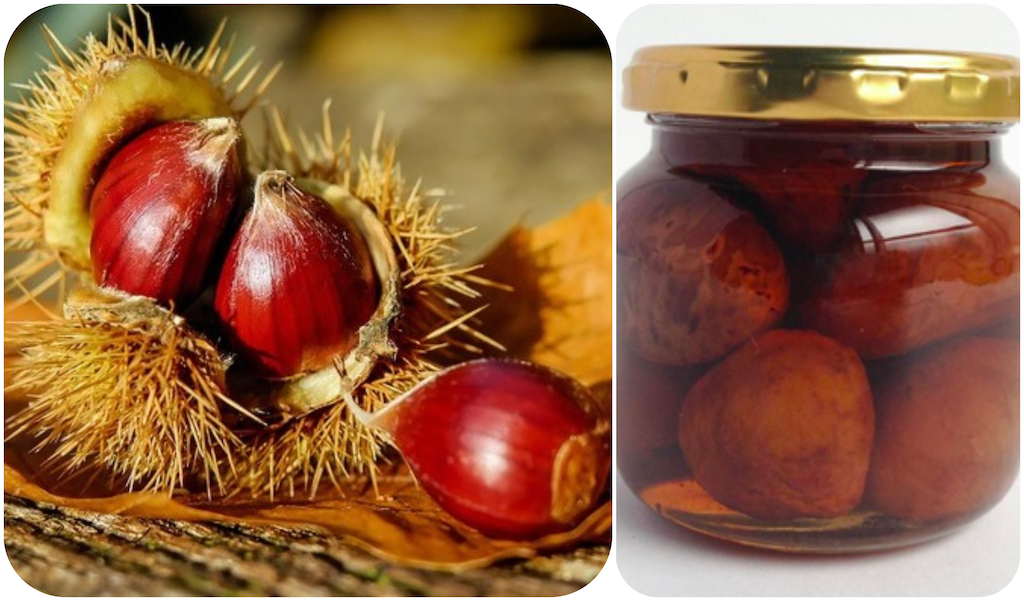
by Elizabeth Andoh | Nov 13, 2020 | Autumn, Recipes
Sugar-Stewed Chestnuts栗の渋皮煮 Shibu Kawa Ni Shibu Kawa Ni is what the Japanese call sugar-stewed whole chestnuts that are only partially peeled – their slightly bitter, inner skin being kept intact. The resulting glossy brown globes are delightfully complex in flavor...
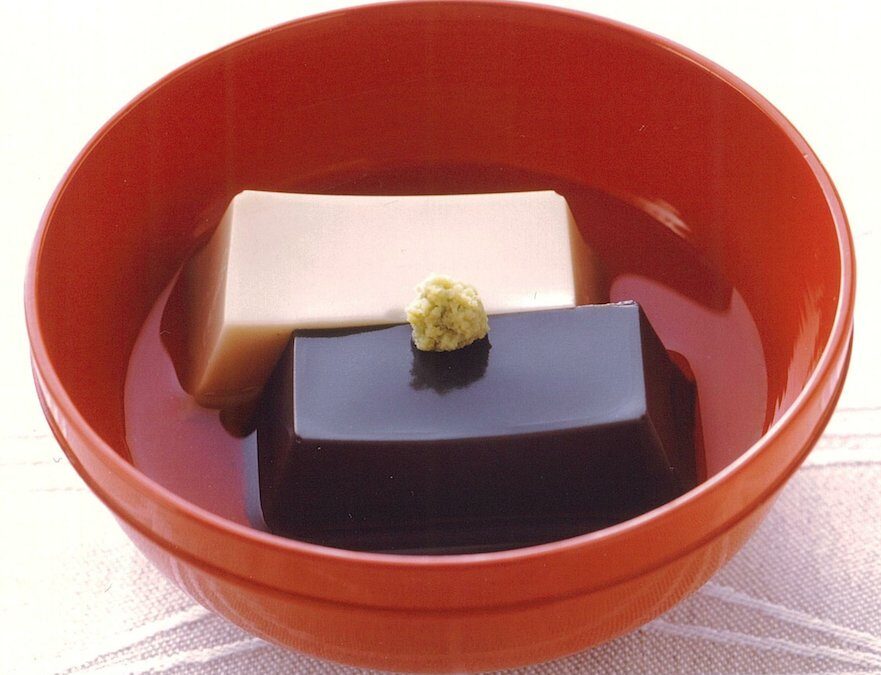
by Elizabeth Andoh | Nov 1, 2020 | Autumn, Recipes
Buddhist Cookery & Sesame Pudding 精進料理 Shōjin Ryōri・胡麻豆腐 Goma-Dōfu Goma-dōfu, a creamy-smooth sesame pudding, is historically associated with fucha ryōri, a Chinese-style of Buddhist cookery that arrived in Japan with Zen Priest Ingen in 1654. The pudding is a...
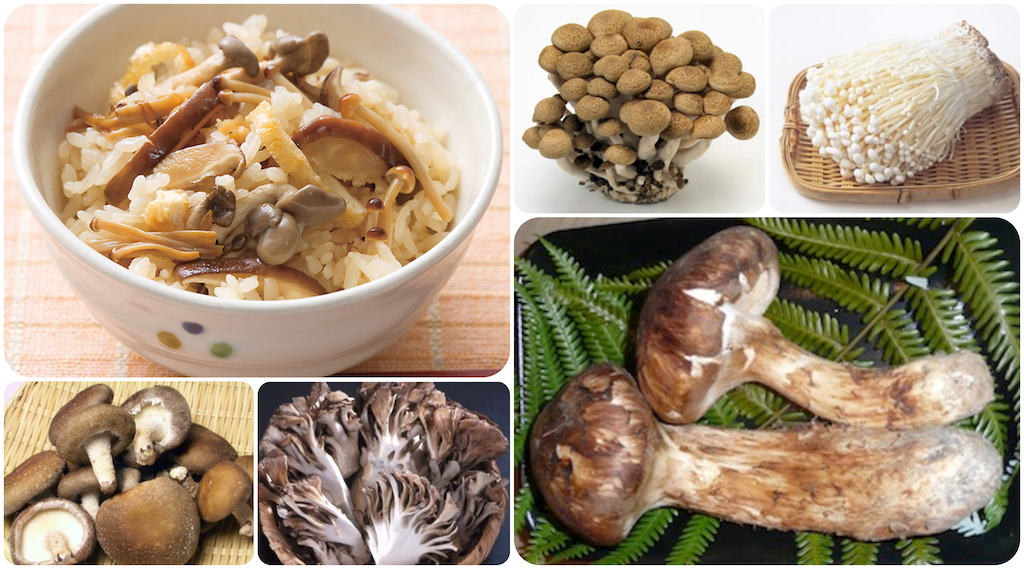
by Elizabeth Andoh | Oct 19, 2020 | Autumn, Recipes
Kinoko Gohan Rice with Mushrooms The Japanese call autumn’s many culinary pleasures Aki no Mikaku. Such pleasures include a glorious array of mushrooms. You, too, can celebrate the season at table by composing a menu that highlights this bounty. Kinoko Gohan Is an...
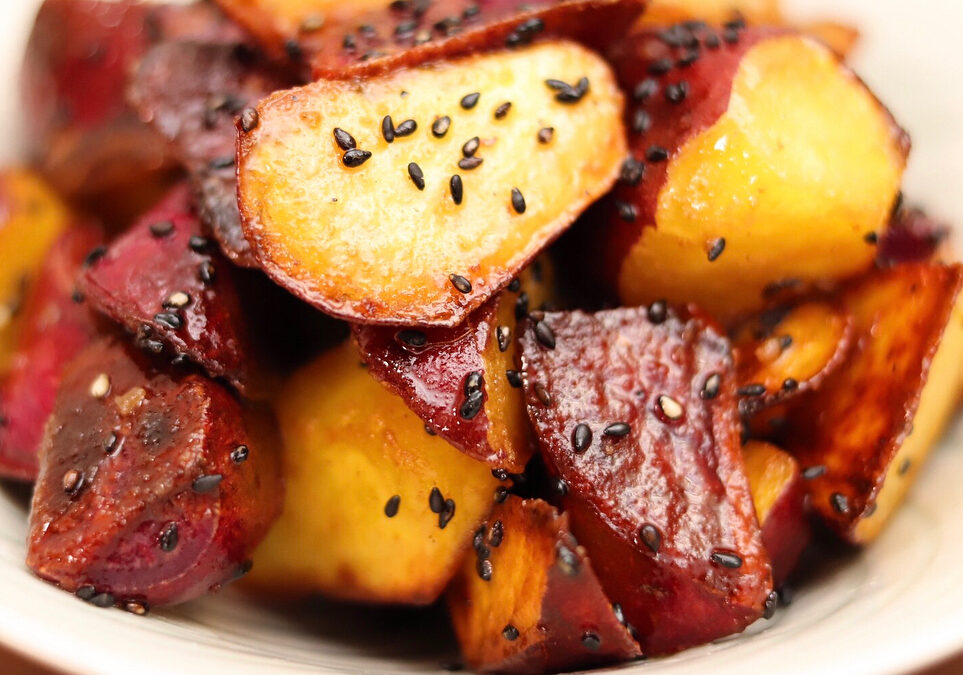
by Elizabeth Andoh | Oct 6, 2020 | Autumn, Recipes
Daigaku Imo (Glazed Sweet Potatoes) 大学芋 Syrup-glazed, black sesame-studded Daigaku (university) imo (potato) first became popular among university students in Japan at the turn of the twentieth century. To learn more about the history of this dish, read my October...
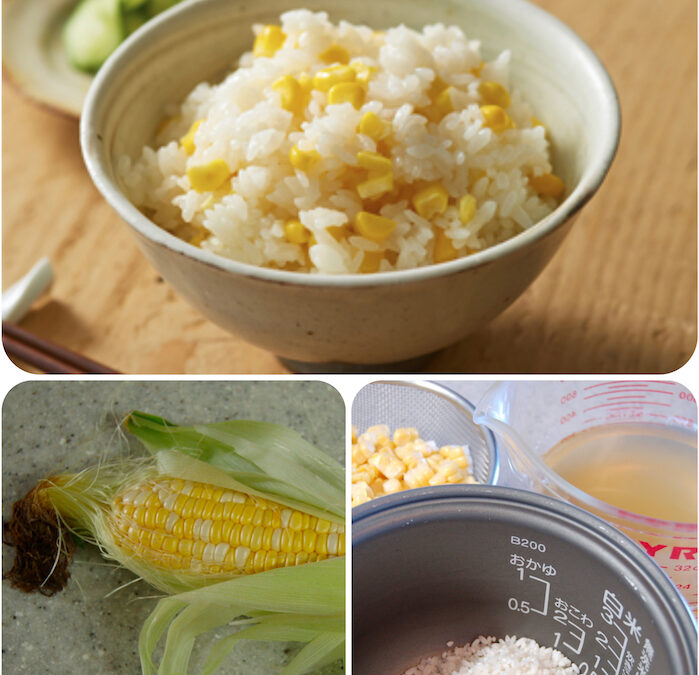
by Elizabeth Andoh | Aug 17, 2020 | Recipes, Summer
Corn-Studded Rice Tōmorokoshi Gohan 玉蜀黍ご飯 Summertime… bushels of fresh, sweet, corn at every market begging to be taken home and transformed into Tōmorokoshi Gohan: corn-studded rice. Prepared takikomi-style, rice dishes are cooked in a flavorful stock extracted...
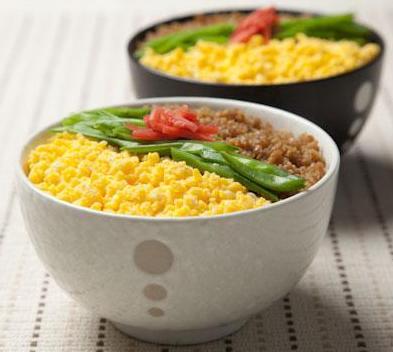
by Elizabeth Andoh | Aug 3, 2020 | Recipes, Summer
Soboro Don そぼろ丼 Colorful Big Bowl When I first wrote about soboro don in 1981 for Food & Wine magazine, these sorts of rice bowls topped with various ingredients were little known outside Japan. Fast-forward forty years and classic domburi dishes such as...







